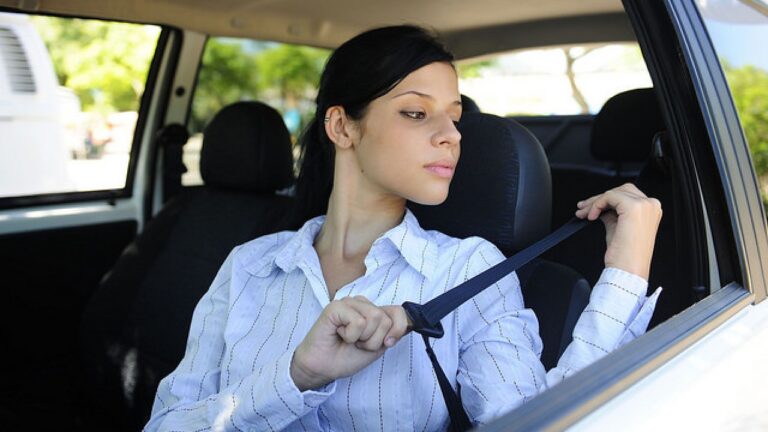According to a report by CoPilot, a car shopping app, about 6% of Virginia drivers do not wear seat belts. The report also indicates that those motorists account for almost half of the fatal vehicle crashes in the Commonwealth – specifically 47.3% of total occupants who are killed in car crashes are not wearing their seat belt. The Hampton Roads area specifically accounts for 112 of the fatalities from 2018. The city of Virginia Beach ranked the 2nd highest in fatalities, totaling 37.
In the United States, California has the highest percentage of adults reporting seat belt usage, while Virginia was ranked the 28th best state for seat belt usage. Additionally, the CDC has found that men are twice as likely to not wear a safety belt than women and twice as likely to die in car crashes.
Seat Belt Laws in VA

Under state law, all minor passengers must wear a seat belt or be secured in a child safety seat. The driver of the car is responsible for ensuring that everyone under the age of 18 is properly secured. Anyone regardless of age, who is fitting in the front seat must be wearing a seat belt.
The seat belt law in Virginia is a secondary enforcement law, which means a police officer cannot pull a driver over only for a seat belt violation. An officer can pull the driver over for speeding and then also find the driver if he or she is not wearing a seat belt.
There are exceptions to Virginia seat belt laws. These are:
- Medical Exemption: If a doctor deems that a person’s condition makes wearing a seat belt impractical or impossible, the doctor can write a note exempting him or her
- Law Enforcement Officers: If they are in a situation that makes wearing a seat belt impractical
- Buses: All buses, even school buses, are not required by law to have seat belts installed
- Trash Collectors and other Municipal Workers actively engaged in work
- Passengers of Taxis
- Rural Mail Carriers
What to Know About Seat Belts
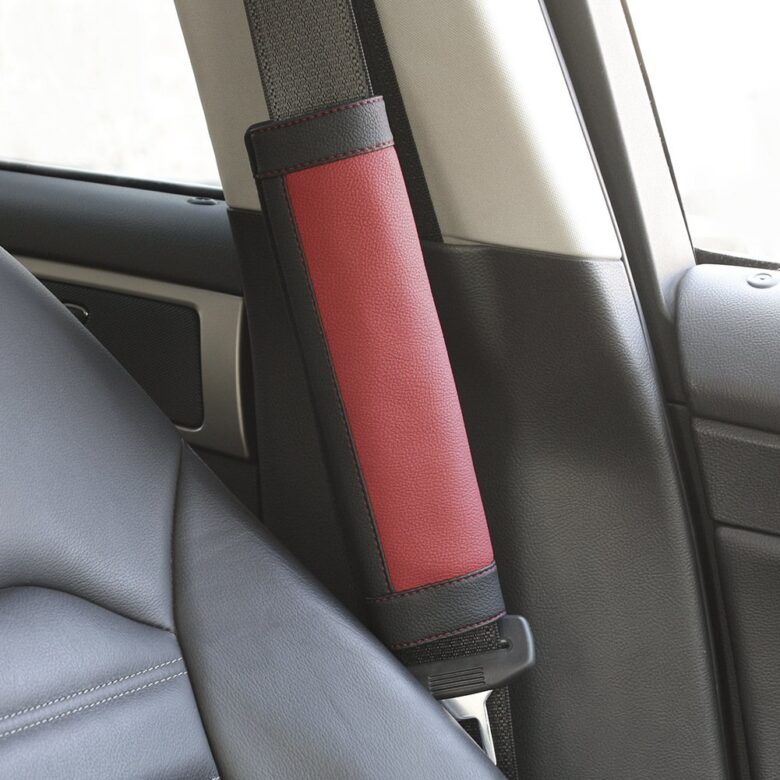
Wearing a seatbelt is the best way for drivers to protect themselves in a vehicle collision. A safety belt is the most effective tool motorists have in accidents caused by distracted or impaired drivers. In addition, airbags are meant to work with seat belts. Airbags alone can cause more harm than good, which is why wearing a seat belt in a car with airbags is the safest option. Seat belts are also not one size fits all, and should always be adjusted for individual fit.
Why Wearing a Seat Belt Matters
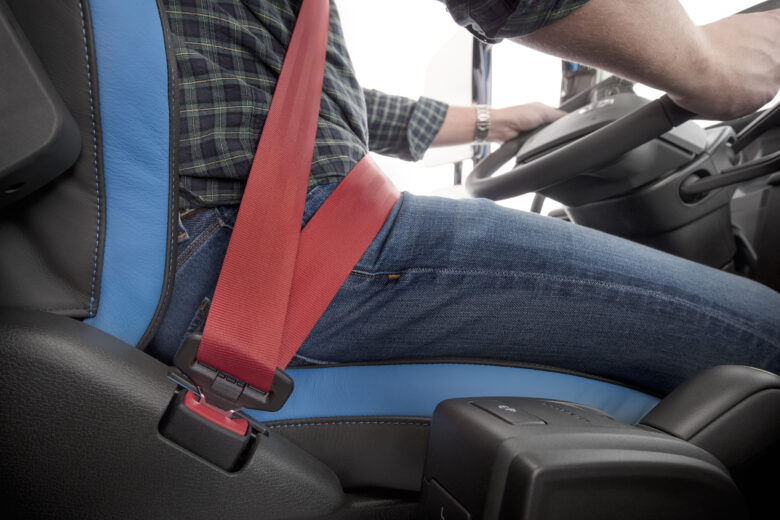
Wearing a seat belt is one of the smartest decisions a driver can make, and not wearing a seat belt can lead to fatal repercussions. The National Highway Traffic Safety Administration (NHTSA) estimated that the use of safety belts saved the lives of 14,955 drivers in 2017. However, it is important to note that an additional 2,549 people could have survived their car accidents had they been wearing seat belts.
The benefits of wearing a seat belt when in the front seat of a passenger car are:
- Reduced risk of moderate to critical injury by 50%
- Reduced risk of fatal injury by 45%
The benefits of wearing a safety belt when in a light truck are:
- Reduced risk of moderate to critical injury by 65%
- Reduced risk of fatal injury by 60%
There are clear benefits to wearing a seat belt, but there are also clear negative consequences of not wearing a seat belt. Potential harmful events include:
- Possibility of ejection from the vehicle
- When a person has not buckled up the chances of being ejected from the vehicle are substantially higher
- Airbags alone are not enough protection
- The force of an airbag could be fatal if the person is not securely buckled
Why Seat Belts Should Be Worn in VA
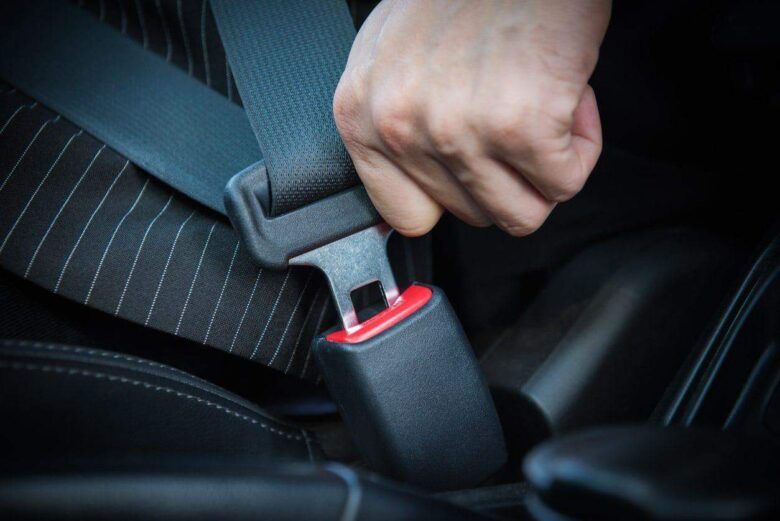
Though the fine for failing to wear a seat belt is minimal, all drivers and passengers should wear seat belts to keep themselves safe. The current fine in Virginia for not wearing a seat belt is $25. It is against the law to include seat belt usage in a case to try and prove negligence or to decrease damages; however, the insurance company might still try to lower the settlement amount in other ways. These ways could include claiming the driver was speeding, distracted, under the influence, or in some way contributed to the accident. The Virginia DMV explains that many injuries will not be covered by the insurance company if the driver was not wearing a safety belt at the time of the crash. In the event of a fatal vehicle accident, the company may cover some damages, but the benefits from some life insurance policies may not be paid in full if a seat belt was not in use at the time of the crash.
“Insurance companies are very good at finding ways to reduce or deny claims so they can save money,” said Attorney John Cooper of Cooper Hurley Injury Lawyers. “While the insurance companies may have a hard time lowering damages due to a driver not wearing a seat belt, they can still find ways to help reduce the amount of money they have to payout. Using a seat belt can not only protect you from injuries, but it can also help protect against insurance companies looking for ways to support their denial of your claim.”
Can Damages Be Recovered if a Seat Belt Was Not Worn in an Accident?
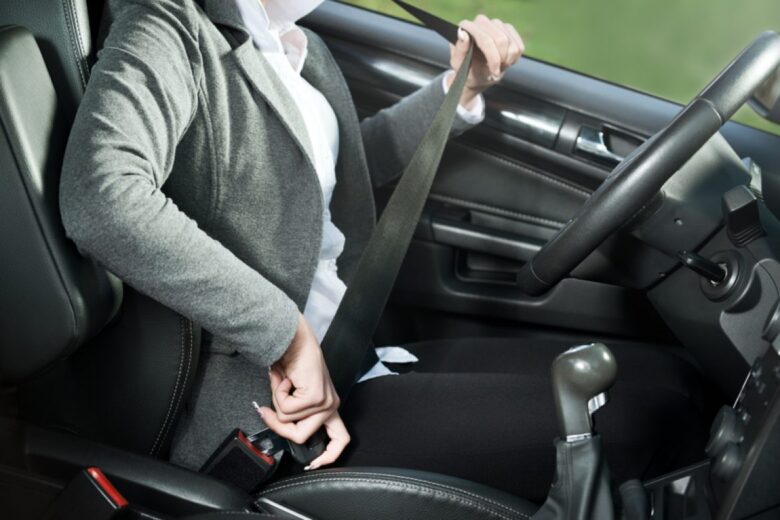
Despite these statistics, Virginians are still not wearing seat belts, even though seat belts minimize the severity of injuries. Virginia is one of the few states that uses the legal concept of contributory negligence when it comes to civil liability. This means that if a driver is found to be 1% responsible for an accident, that driver can be barred from recovering from a personal injury. However, as stated above, VA Code 46.2-1094 strictly prohibits the usage of a seat belt to be used as evidence of negligence. So, while failure to wear a seat belt cannot be used against a driver, motorists should still wear one.

